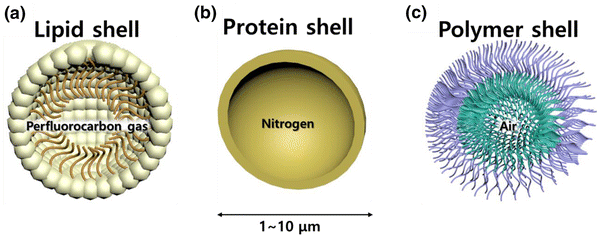Elekta Axesse
 |
| Source: medicaltk.com |
 |
| Source: elekta.com |
Elekta
is a Swedish company that provides radiation
therapy, radiosurgery related equipment and clinical management for
the treatment of cancer and brain disorders
Elekta axesse is
one of the contemporary devices used today to treat cancer. This
invention was created to treat a large number of targets
throughout the human body, including tumors located in the spine, lung, prostate
and liver.
The device delivers a complete mix of vital tools. It can help carry
out stereotactic radiosurgery (SRS), stereotactic radiation therapy
(SRT), stereotactic body radiation therapy (SRBT) and stereotactic body
radiosurgery (SBRS). During the treatment doctors have the possibility to
observe a 3D image of the location that is to be treated.
- High-definition dynamic radiosurgery (HDRS)
- The latest intelligent digital control system
- High dose rate beam generation
- Advanced image guidance and motion management
- Accurate patient positioning and immobilization
Eye Writer
 |
| Source: pinterest.com |
 |
| Source: designboom.com |
The EyeWriter is
a low–cost eye-tracking system that allows people to draw through their
eyes. The EyeWriter system uses inexpensive cameras and open-source computer
vision software to track the user’s eye-ball movements. The
project was started by a popular graffiti artist Tony Quan when he was diagnosed with a disease known as ALS
(Amyotrophic Lateral Sclerosis) in 2003, which left him paralyzed in all
parts of his body except for his eyes. Members of Free Art and Technology
(FAT), open frameworks the graffiti research lab and the rebelling group then
got together to try and build a system that would allow
Quan and other ALS patients to draw using their eyes. After this
fantastic invention Quad can draw by moving his eyes in front of eye-tracking
camera connected to a computer. His drawings
can be projected onto surfaces.
- Voltage regulator
- Resistors
- Transistor
- Mosfets
- Potentiometers
- 7.5V Power Adapter
- Arduino
- M12 Lens Mount
- Round PCBs
- IR LEDs
- Integrated Development Environment (IDE)
- openFrameworks
- EyeWriter GitHub
- Software-Camera & Arduino
Microbubbles (MBs)
 |
| Source: hdinfra.in |
 |
| Source: springer.com |
 |
| Source: sciencedirect.com |
Microbubbles
are small, gas-filled bubbles, which are smaller than one hundredth of a millimeter
in diameter but larger than one micrometer. They
are typically between 0.5 µm and 10 µm in diameter, which are
used as contrast agents in medical imaging and carriers for targeted drug
delivery. Microbubbles are usually injected intravenously;
a process that researchers have shown is safe compared to the use
of conventional contrast agents in techniques such
as magnetic resonance imaging and radiography.
- Drug Delivery
- Biofilm Removal
- Membrane Cleaning
- Biofilm Control
- Waste Water Treatment
- Protein Shells
- Surfactant Shells
- Lipid Shells
- Polymer Shells
- Polyelectrolyte Multilayer Shells
The
composition of the bubble shell and filling material determine important design
feature such as buoyancy, crush strength,
thermal conductivity and acoustic properties.
Microbubbles
work by resonating in an ultrasound beam, rapidly contracting and
expanding in response to the pressure changes of the sound wave. By a
fortunate coincidence, they vibrate particularly strongly at
high frequencies used for diagnostic ultrasound imaging.
Now-a-days chemotherapy drugs are
injected intravenously. Although they are designed to destroy cancer
cells, they also damage healthy tissue, leading to side
effects such as nausea and hair loss.
From Tech Turtles, we thank Devak Shah for writing a very rich and knowledgeable blog for our Readers. We thank you from the bottom of the Heart !!



Comments
Post a Comment
Please Give us Feedback regarding the blog !!